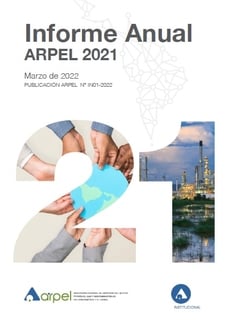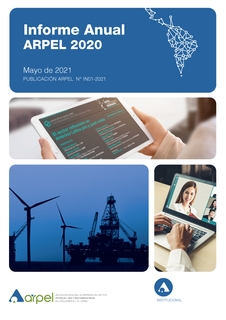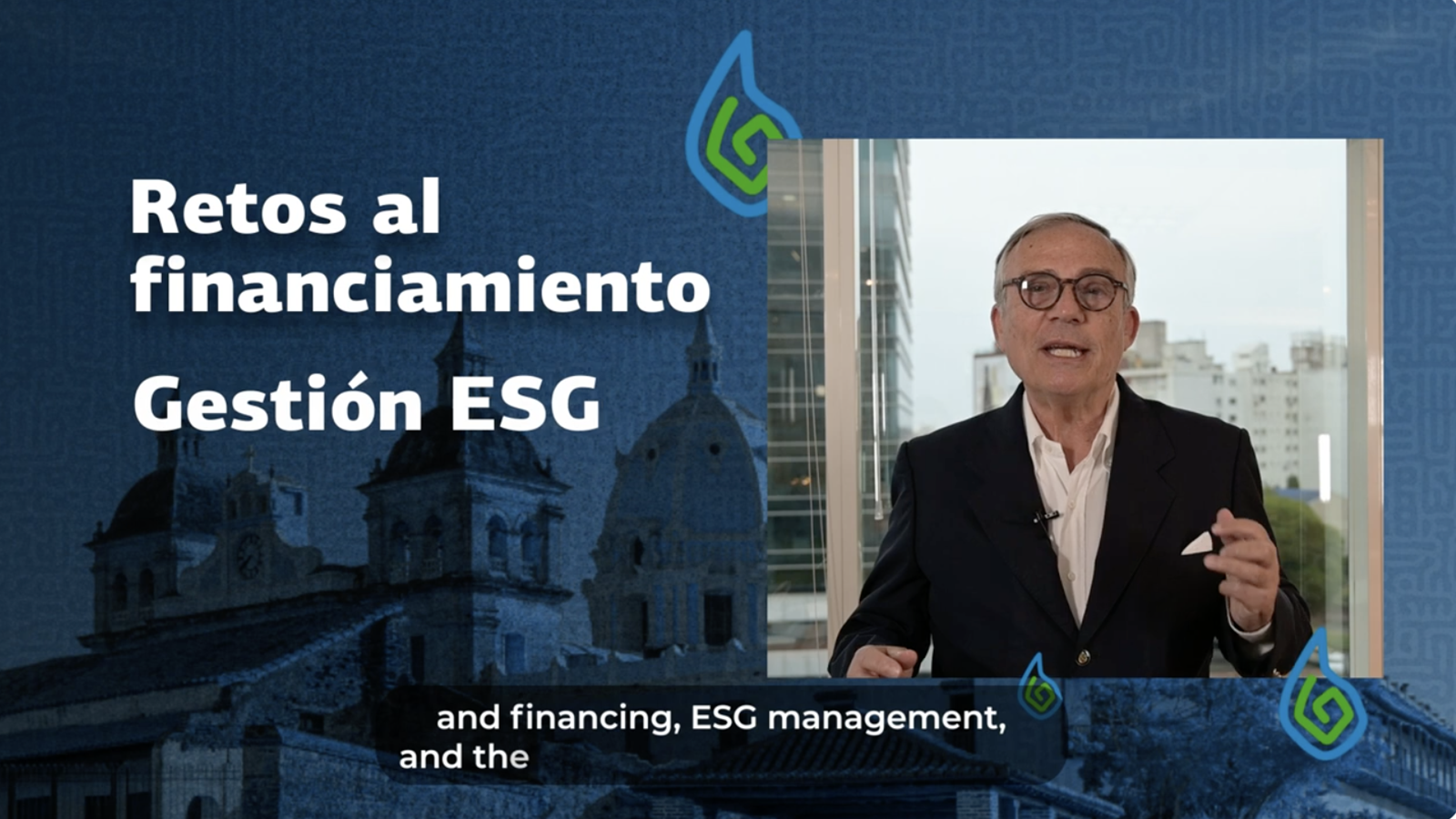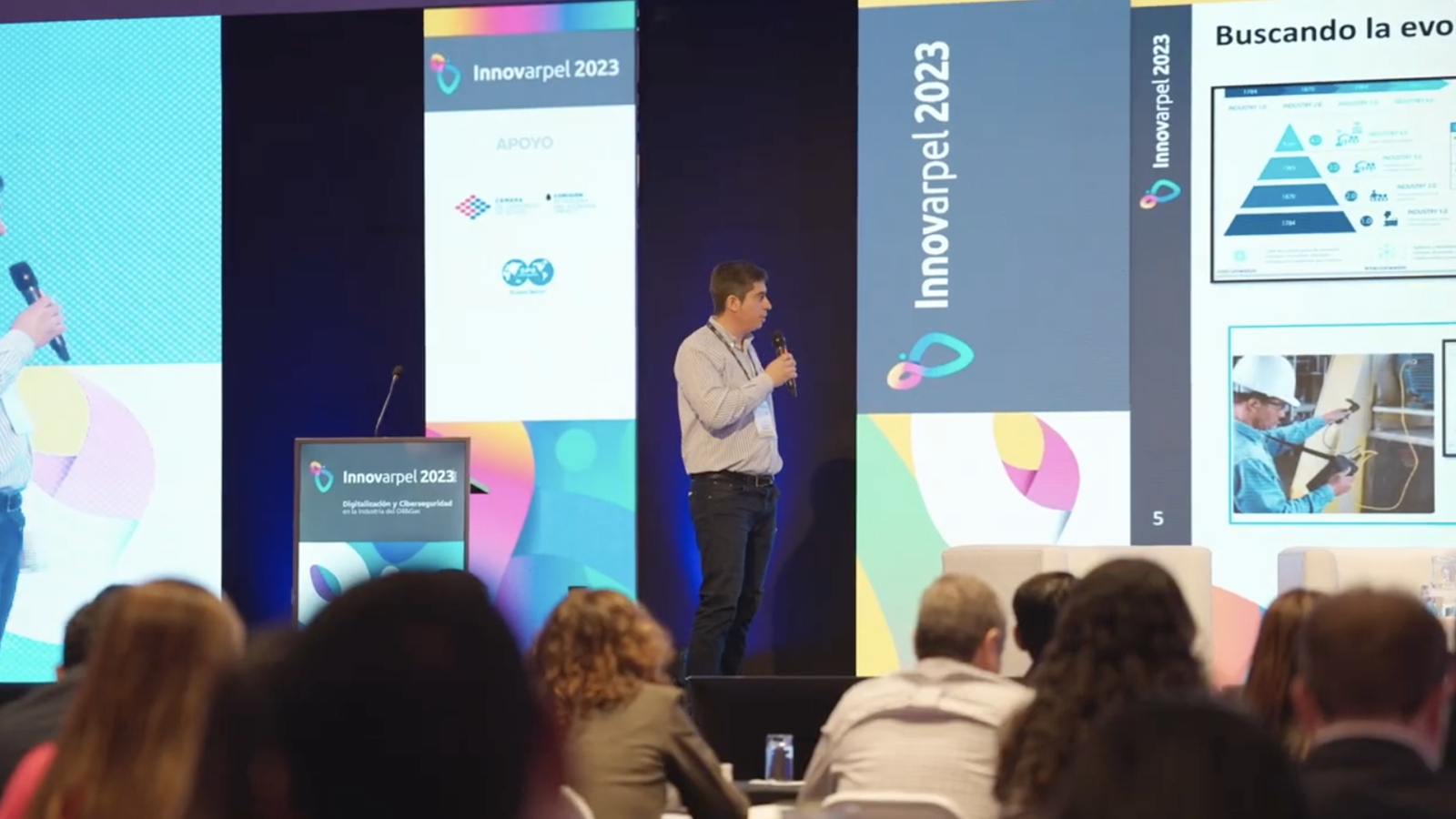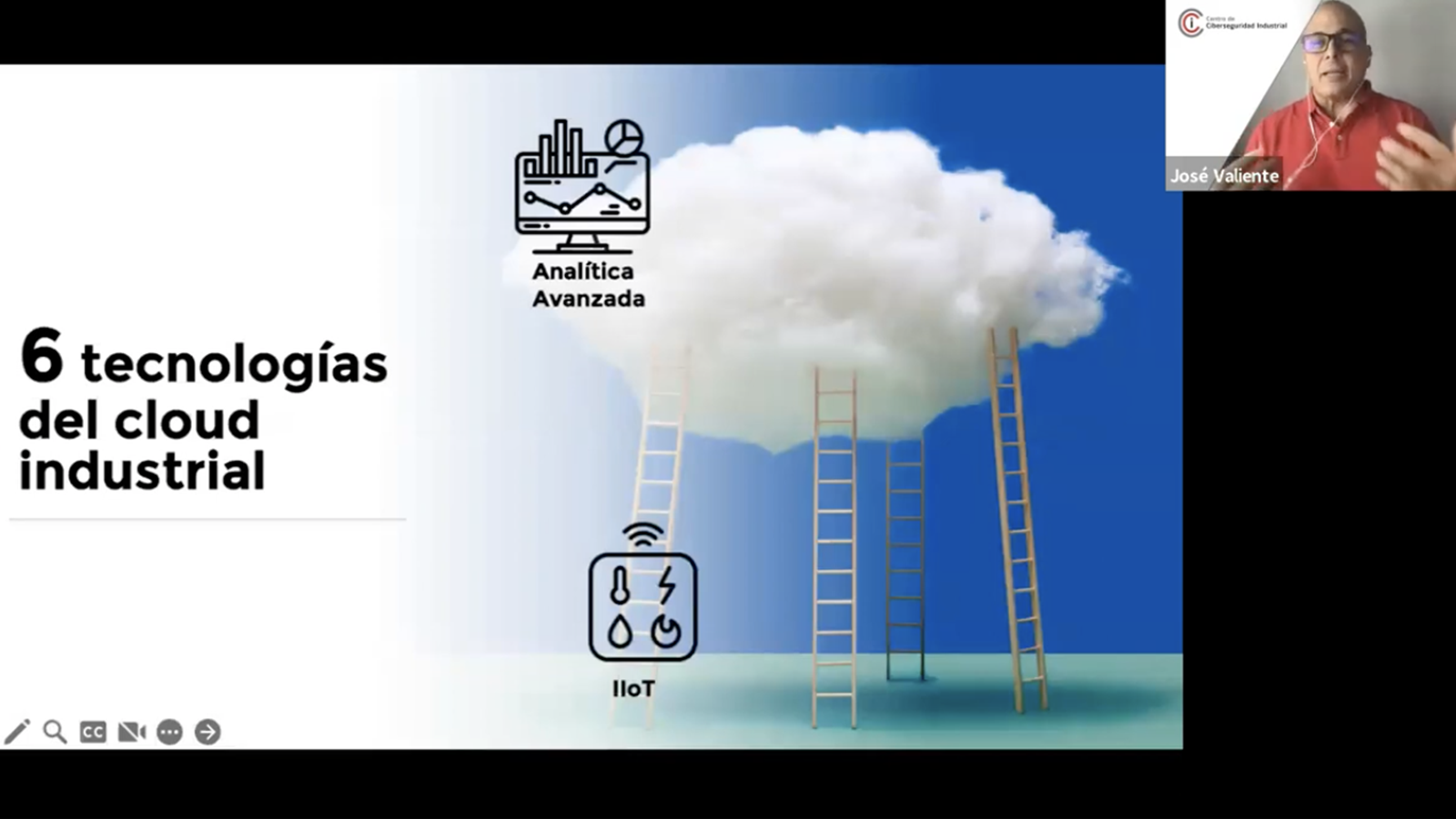Introduction
Develop all the necessary tools to implement the Monitoring and Maintenance of the Safety Levels defined for each of the Zones and Conduits of the Systems under Consideration (SuC) for a safe and smooth operation.
Security levels tend to degrade over time and at the same time, changes in plants and systems are necessary, new vulnerabilities are discovered and new threats are appearing. Maintaining vigilance, updating systems, carrying out adequate change management, monitoring the security of assets, responding to events and alerts assertively, are some of the activities to be developed in this phase.
Course Outline
At the end of the EN62 course you will be able to:
• Design and implement strategies and systems for monitoring, detection, alerts, and management of the response plan in an assertive manner without false positives.
• Integrate with SOC-OT corporate applications for bi-directional exchange of security information.
• Design and implement strategies for upgrading industrial systems appropriately.
• Design and implement change management processes in industrial systems, maintaining security levels without degrading.
• Plan preventive maintenance activities on industrial systems for the safety of areas and ducts.
• Design and manage backup and recovery plans and systems.
• Develop periodic safety audits on industrial systems in zones and conduits.
You will cover the following topics in the course:
- Configuration of safety notifications and alerts based on the AMRS technical specification from the previous phase IMPLEMENT.
- Management of Safety Alerts according to criticality, priority, areas, zones and conduits.
- Preparation and implementation of procedural instructions to respond to each of the security alerts with contextual information.
- Integration with industrial process alarm systems, according to ISA 18.2.
- Integration with corporate systems to develop and implement security strategies based on external events, including news, updates, changes in security policies and others.
- Risk assessment of engineering changes, requests and internal needs on existing systems, verification of objective safety levels (SL-T).
- Periodic and scheduled assessment of Industrial Cyber Risks in Zones and Conduits according to the security level (SL-T/A).
- Maintaining and updating the risk profile and the general threat catalog and threat actions.
- Technology Vulnerabilities (CVEs) Updates and Knowledge Bases.
- Analysis of historical behavior of Zones and Conduits and preparation of reports.
- Design and technical specification for the implementation and elaboration of the backup management plan and recovery procedures for existing industrial systems.
- Integration with third-party systems through the use of APIs (Applications Programing Interface) and automation of workflows complying with the requirements of the ISA 95 standard.
- Development of periodic authorship on:
- Existing industrial systems for verification of the performance of countermeasures and mitigation actions.
- Security breaches in industrial operations.
- Maturity Models in Industrial Operations.
Recognitions
All participants who meet the course requirements and who successfully pass the final exam with a good grade will be awarded a Digital Badge. The Digital Badge certifies that the participant has attended the 2162 training course and has taken the final assessment test with a good grade, verifying that the participant has assimilated the new knowledge in a reasonable manner.
Requirements
It requires having completed and passed 2161. It is recommended that the professional has knowledge of some of the following: International Cybersecurity Standards by industry consensus ISA/IEC-62443, Corporate Cybersecurity or Information Security Standards ISO-27000, Industrial Risk Management Standards such as ISA/IEC-61511, Functional Safety, Industrial Process Alarm Management Standards ISA 18.2, Industrial Systems Information Management Standards ISA 95, National regulations and/or standards such as NIST, NERC, and others; Experience in corporate project management and cultural change management, Other industrial risk management standards (worker safety, environmental safety, etc.)

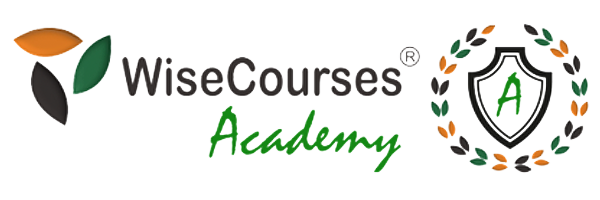





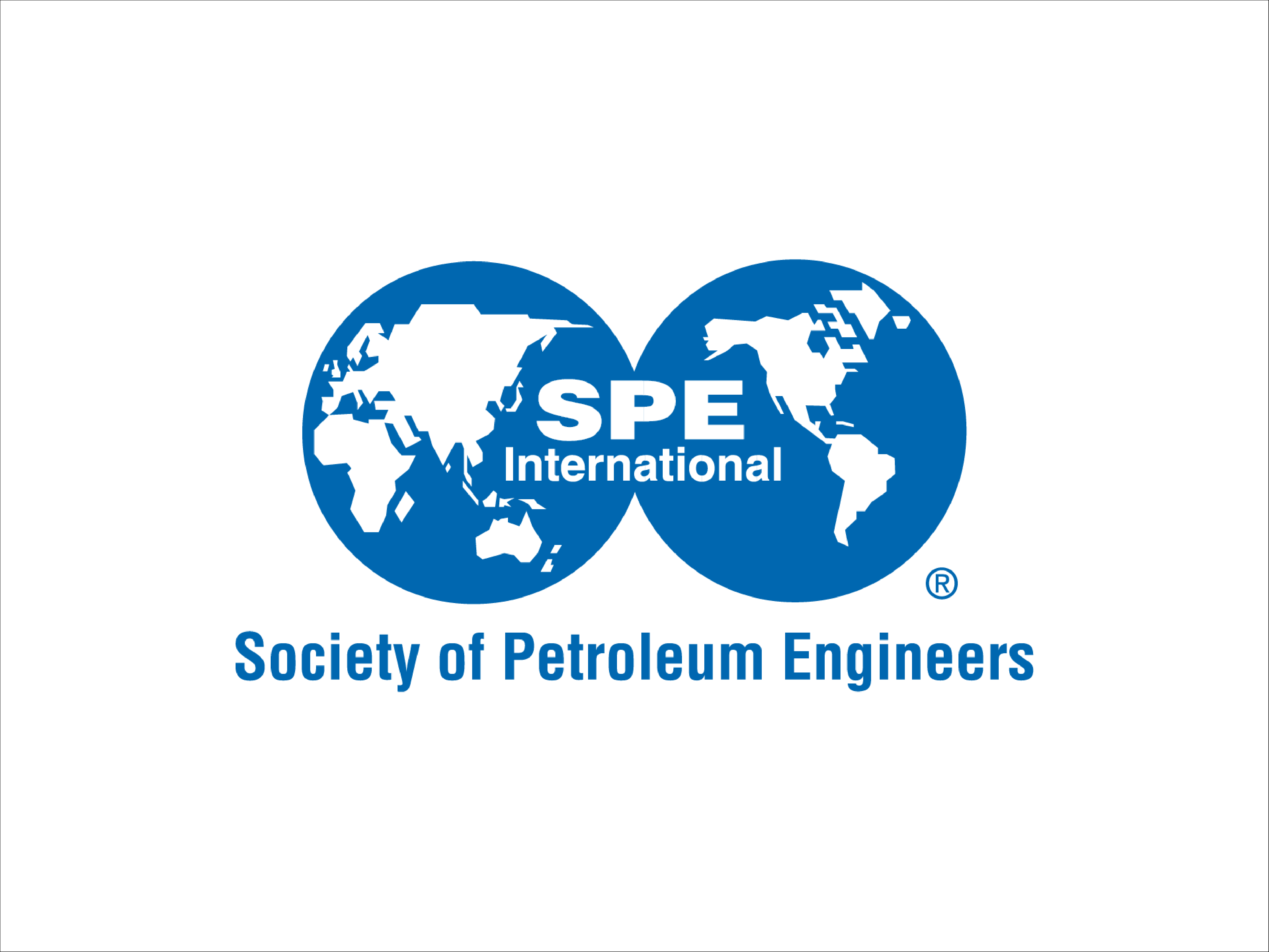
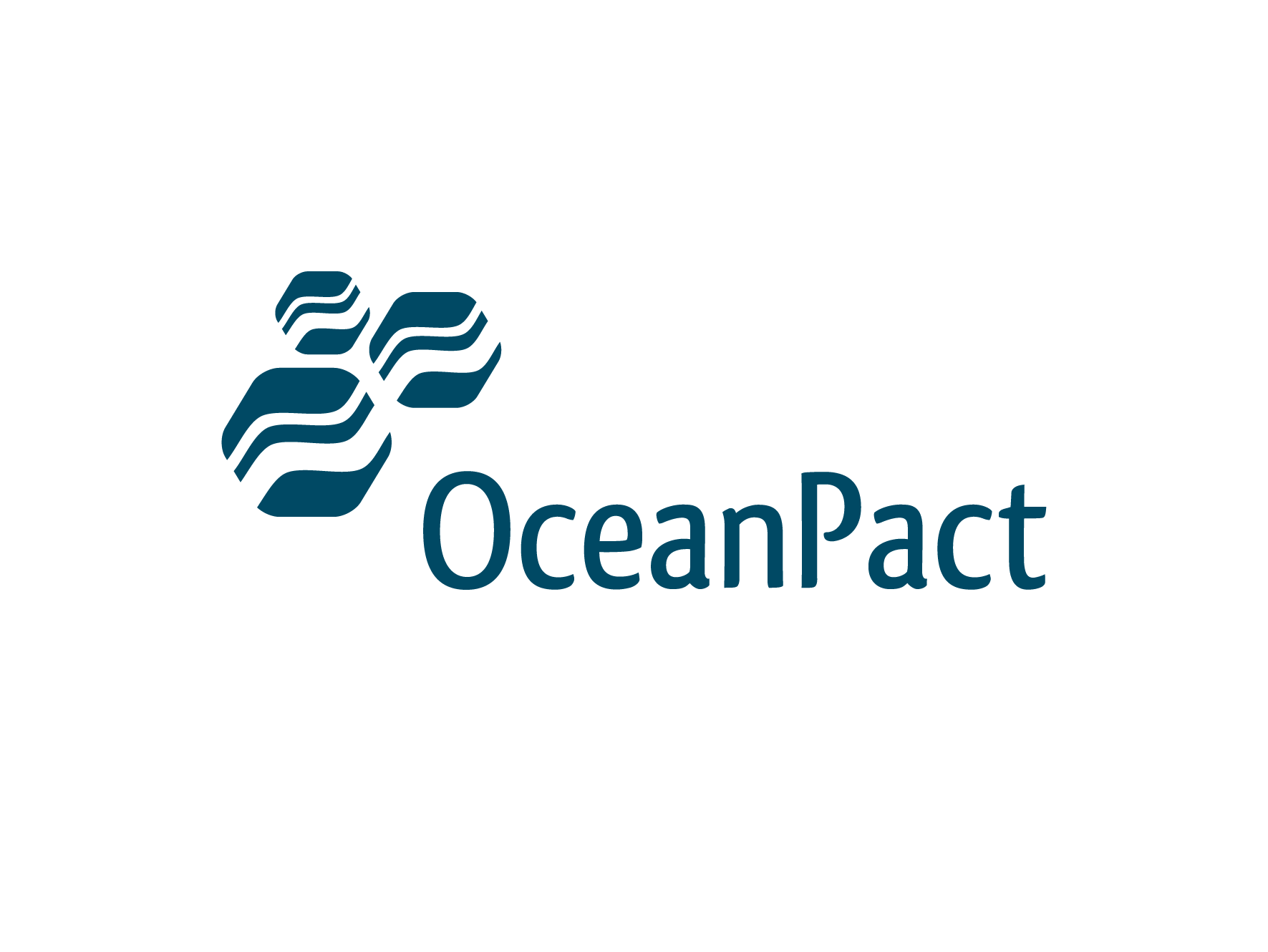

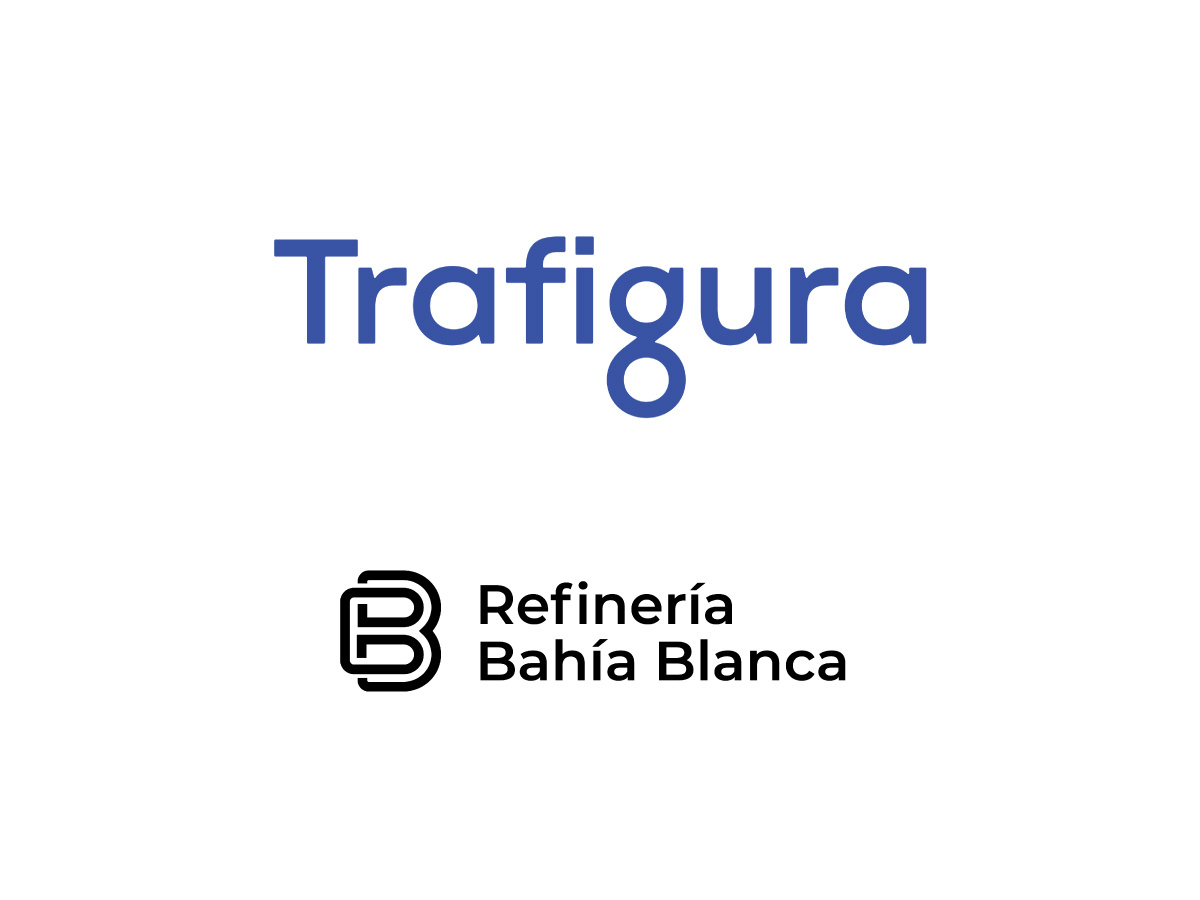
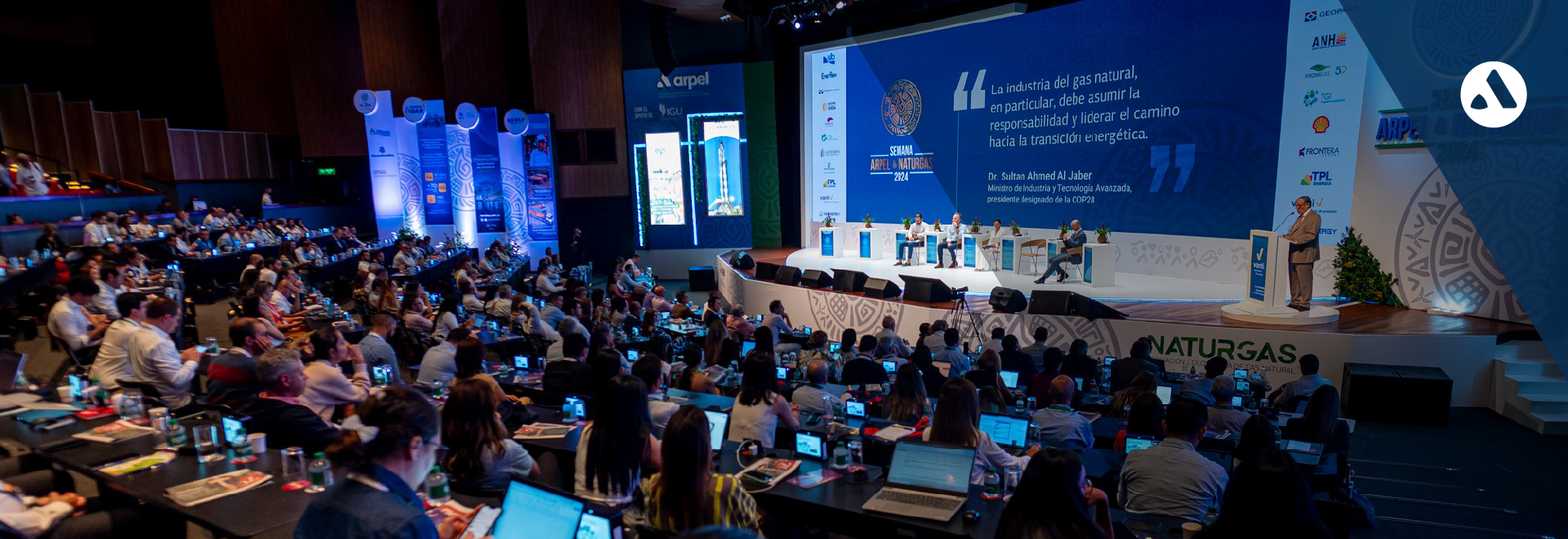

![Innovarpel 2025 [Second Edition]](https://www.arpel.org/hubfs/Archivos%202025%20%5BEva%5D/Innovarpel%202025/Innova%202025%20WEB.webp)

